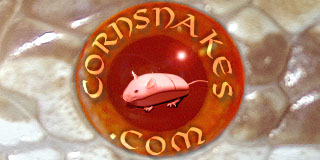JimGERcream
German efficiency
I'm still not sure why 'the funny thing is funny';
imagine you are on the keys. you collect 2 or 3 from a few hundred/thousand individuals. when you pair them, you see that you've accidently chosen 2 animals witch carry the same gene. what do you think, how much luck do you need to grab these carriers from a wild population which shouldn't carry anything? and these animals are not just carriers for bloodred. but also for "kastanie" or at least a VERY SIMILAR gene. so you chose 2 animals which carry 2 genes...from a wild population. this IS funny
